Harald Gründl. History, ritual and design.
The kitchen as a tool: bulthaup interview with co-founder Harald Gründl EOOS about the origin, development and use of bulthaup b2.
bulthaup magazine: EOOS has designed a “kitchen workshop”. Do you regard cooking as a craft? Harald Gründl: Yes, I do. Just as with any craft, cooking requires certain skills to achieve a (good) result. But just how high the bar is set is something that we each decide when we’re cooking. The original idea behind this kitchen, however, wasn’t to design a workshop kitchen, but rather to think about how a mobile kitchen looks today.
bulthaup magazine: In other words, bulthaup commissioned EOOS with designing a mobile kitchen? Harald Gründl: Yes. bulthaup became aware of us thanks to our previous work in the field of furniture and product design. And we have always made no secret of our desire to work with bulthaup. Sometimes, you just have to wish for something hard and long enough … (laughs)
bulthaup magazine: Your approach is poetical analysis. That sounds a bit like you’re interpreting poetry. What does this approach actually mean?
Harald Gründl: In some ways, it’s exactly like interpreting poetry: Poetic analysis is our research tool. At the start of a project, we first look what images, stories and rituals are linked to it. We firmly believe that these three search fields can be used to tackle any topic.
bulthaup magazine: So what then, for example, would be an image linked to the concept of the kitchen?
Harald Gründl: A storage place for kitchen utensils, for example. In the past, people just drove a nail into the wall to hang pots, pans, ladles or the salt pot on it – everything was to hand. We developed this image further and ultimately arrived at the kitchen tool cabinet, which also presents the cooking equipment just as clearly when folded up. Or take the kitchen workbench, a hundreds-of-years-old object that is practically at the top of its game in terms of functionality. We simply brought modularity to that game – thereby offering greater flexibility.
bulthaup magazine: How long did the process take from the start of the poetical analysis to the finished kitchen?
Harald Gründl: All in all, about four years. bulthaup b2 was by far our most complex project. However, the result was not only the bulthaup kitchen, but also the book entitled “The Cooked Kitchen,” in which we have summarized the results of our research, and the exhibition of the same name, which was on show in the spring of 2008 at the Museum of Applied Art in Vienna. And our work is still far from complete. We are constantly learning and developing new ideas from this, which we then also want to implement.
bulthaup magazine: So what form did this development process take, exactly?
Harald Gründl: We tried to break away from the paradigm of the fitted kitchen, which has characterized kitchen design since the start of the 20th century, and think in a completely different, contemporary direction. The first step was literary research, which resulted in the development of the three basic elements of the workbench, the kitchen tool cabinet and the appliance housing cabinet. At some point, we were faced with the question over whether everything would really fit in our kitchen. Although “everything” is a very relative term, of course, since everyone makes different demands on their kitchen fittings and equipment. Ultimately, together with a chef, we completely emptied out a kitchen, fully analyzing all the objects, and we found that you can actually get by with an astonishingly small number of tools.
bulthaup magazine: What lessons did you learn?
Harald Gründl: Our kitchen is not only an alternative to the fitted kitchen, but is also a starting point for research that questions, for example, the myth of the “kitchen triangle,” which came to us from America in the 1950s and states that the refrigerator, stove and sink should be arranged in a certain configuration to each other in a kitchen in order to promote efficient working. So far, this has not been proven. We arrived at a completely different finding that leaves no room for rigid specifications: Just as cultures change at differing rates, so too do the small aspects of our lifestyles, and our cooking rituals. After a few years, we might want a different type of hob, for example, or the way we serve food might change. We therefore made great efforts to provide a “furniture case” that allows you to put together your very own kitchen. It’s all highly customized, since the concept of the “kitchen” develops in our heads and means nothing more than the relationship that a chef has with his tools.
bulthaup magazine: This means that someone buying a bulthaup b2 kitchen must be clear about the quantity and type of tools that he has – including not just the appliances, pots and pans and other utensils, but also the workbench and units. He has to be conscious of how he structures his activities in the kitchen.
Harald Gründl: The becoming-aware of things that you really need is a type of initiation rite that you need to go through to use a b2 kitchen with true pleasure. Previously, craftsmen would put together their tool cabinets themselves in the way that they wanted. We tried to live up to this fact by designing the b2 tool cabinet with an interior that lends itself to customized design.
bulthaup magazine: Why aren’t there any drawers in the workshop kitchen?
Harald Gründl: Two reasons: The first is that drawers are now considered as a quality feature for kitchens. The more smoothly and more quietly the drawers work, the “better” the kitchen is – which of course is really not true. On the other hand, it’s perfectly possible to function without drawers; in the b2 system, there are various containers that can be stored in the kitchen tool cabinet or on the workbench and that can store anything that would be stuffed in a drawer.
bulthaup magazine: The workshop kitchen requires more space than a fitted one. What do people with smaller kitchens do? Are there special solution ideas for them?
Harald Gründl: At the moment, the b2 kitchen comprises just a few elements that can be put together in such a flexible manner that they provide a solution for the vast majority of rooms. What’s more, this system also includes the open and closed kitchen, so that not all of the elements have to be set out in the room that is defined as a kitchen per se. Using the tool cabinet, for example, a living space can quickly be converted into a kitchen, and just as easily converted back into a living space again afterwards.
bulthaup magazine: What is the philosophy that this kitchen is communicating? What do you want to pass on to buyers of a b2 kitchen?
Harald Gründl: This is as individual a question as the way a tool cabinet is stocked. Our intention was to provide people with a tool that allowed them to do a bit more than they were previously used to. Because bulthaup b2 is reduced down to the absolute essentials, it requires its users to consider how they want to design and use it. And I can imagine that, for many, it is a poetic moment when they open the tool cabinet and see all their kitchen equipment at a glance. Nothing is concealed. Everything is visible.
bulthaup magazine: To finish, a slightly more personal question. EOOS is accredited with the maxim: “The kitchen is a good example of bad design. It is often created by people who can’t even cook. They don’t do it maliciously, but rather because they cannot imagine it any other way.” Hand on heart – how well can you cook?
Harald Gründl: I really love cooking. And there are one or two recipes that I’m actually very good at… The maxim was meant in the sense that there are both designers who design kitchens for looking at, as well as designers who design kitchens for cooking in – just as there are customers who want a kitchen that looks wonderful and customers who create a kitchen to cook in. And bulthaup b2 is definitely designed for the latter.

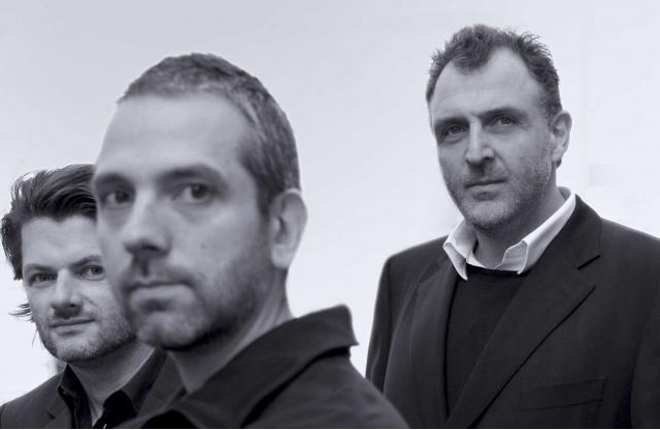
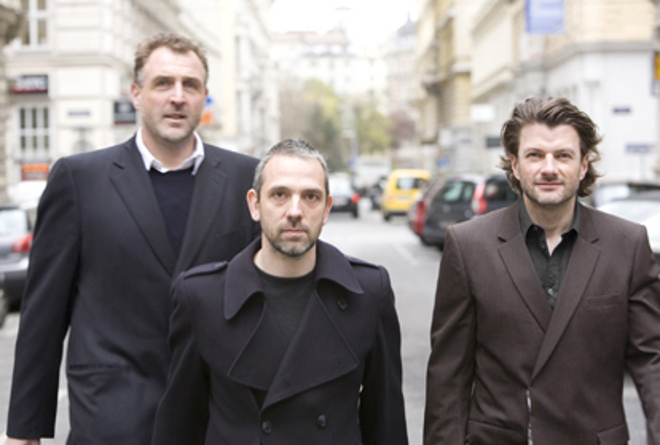
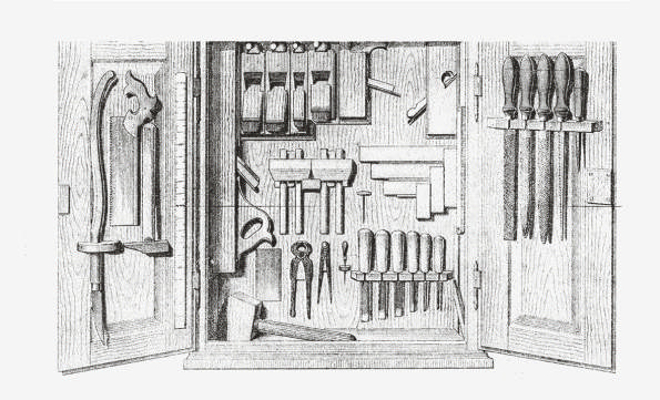
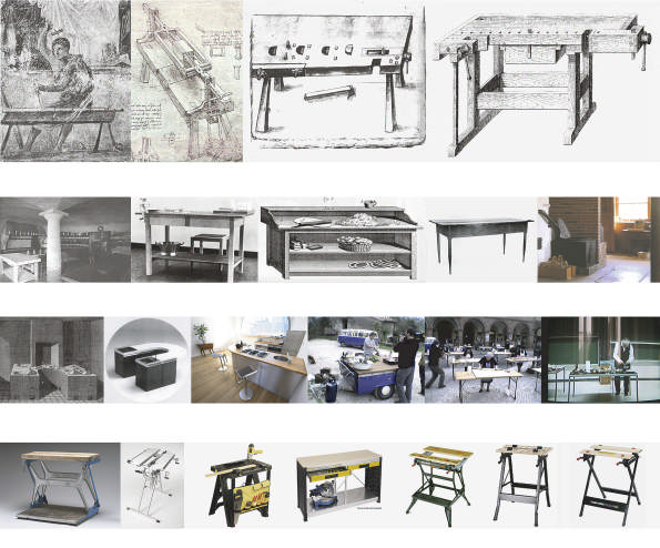
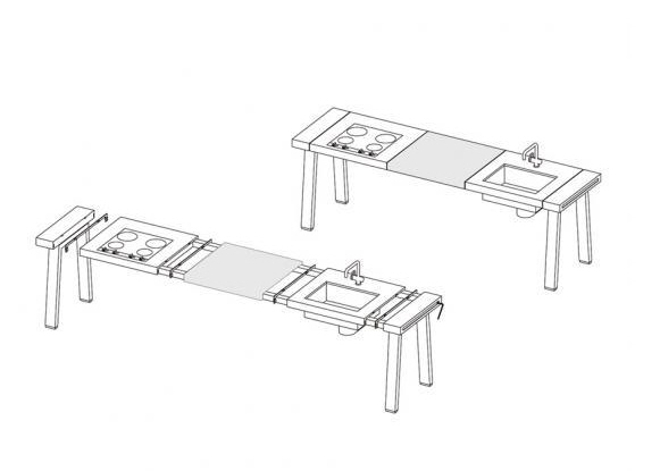
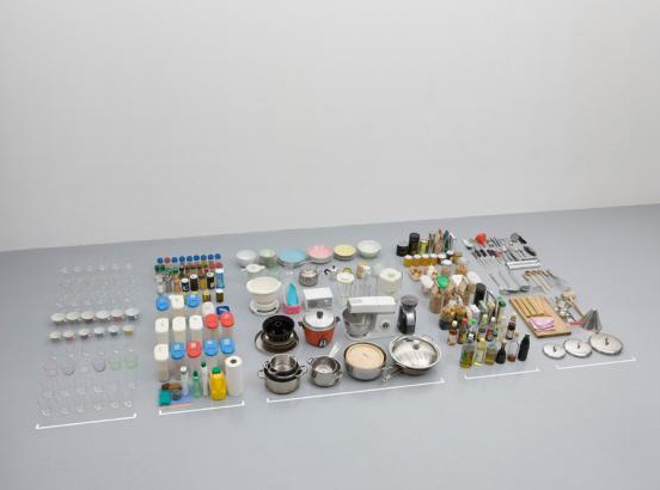
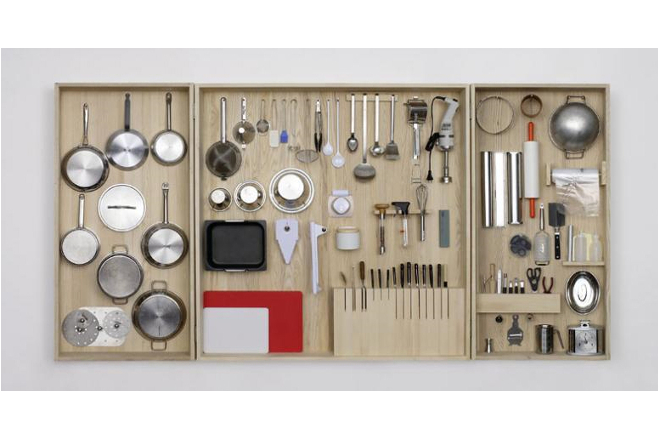
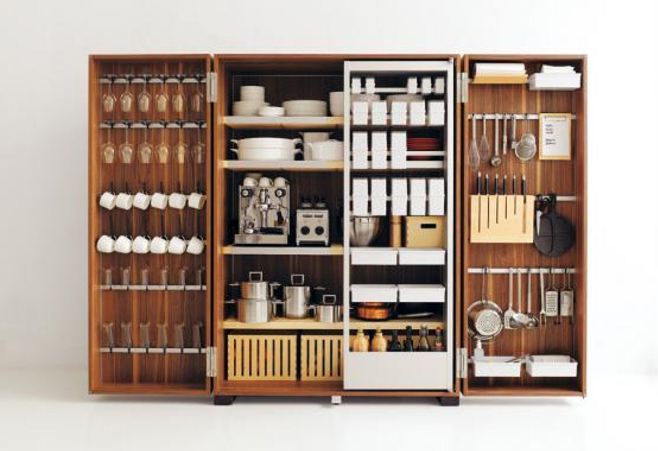
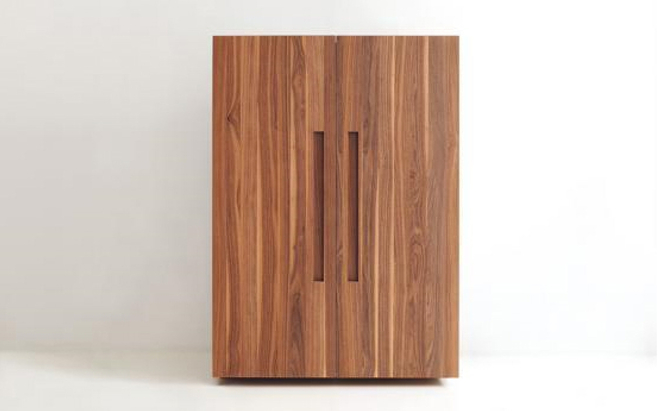
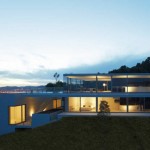
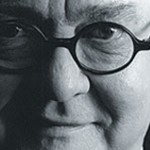
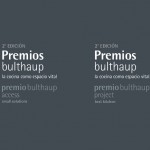


This entry has 0 Comments